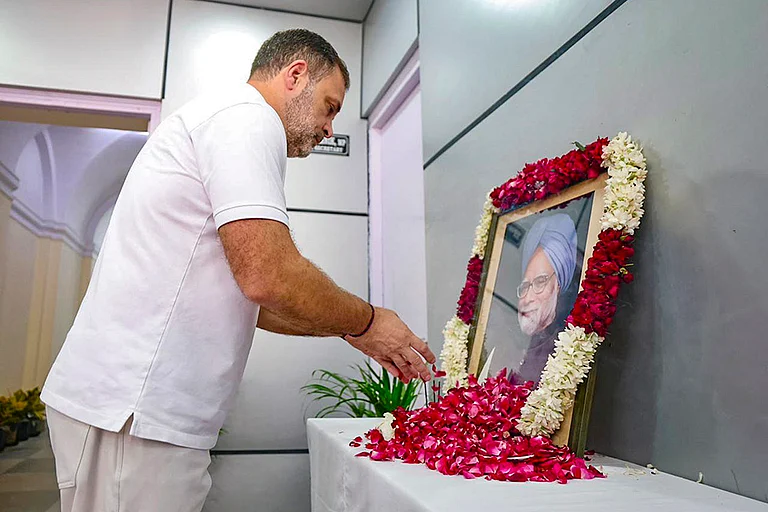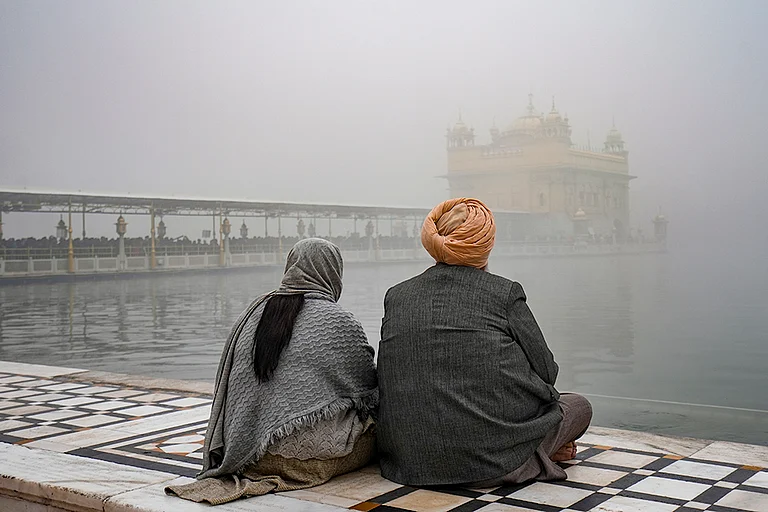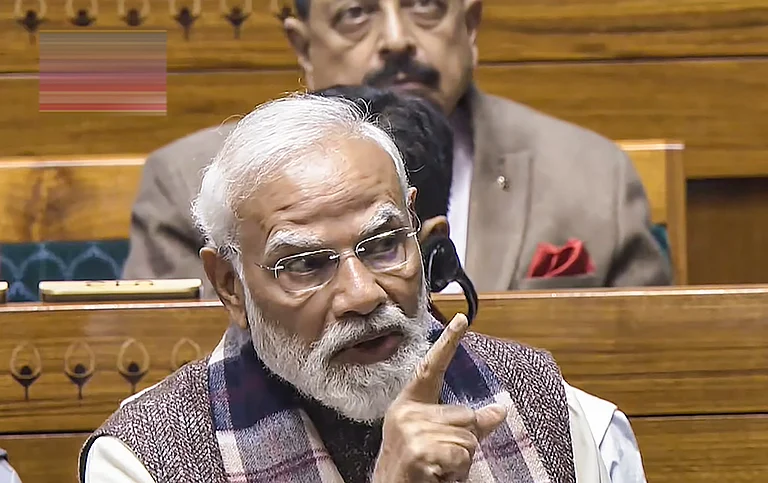India, the world’s largest democracy, is gearing up to vote for its next government, with the first phase of polling starting in about two weeks. As the largest electorate in the world, with 96 crore registered Indian voters—roughly twice the population of the United States and three times that of Russia—the process of conducting elections will be a massive logistical feat
About 10.5 lakh polling stations will be spread across the Indian subcontinent including India’s most populated cities to its remotest pockets. The Election Commission has to ensure there is a voting booth available within 2km of every voter. To navigate the diverse Indian topography, which includes the Himalayan hilly terrains, arid deserts, and islands, polling staff and security personnel will reach these areas using various modes of transportation, including foot, elephants, camels, boats, and helicopters.
What is the process of general elections?
The 2024 Lok Sabha Elections will be conducted in seven phases - April 19, April 26, May 7, May 13, May 20, May 25 and June 1, and counting will take place on June 4.
Voters from across 28 states and eight federally-administered territories will elect 543 members to the lower house of parliament called the “Lok Sabha” or House of the People over the course of 44 days.
Each state is divided into several constituencies depending on the population of the state. For example, Uttar Pradesh, the most populous Indian state, sends the most number of MPs (80) to Lok Sabha. In Lok Sabha elections, candidates compete in each constituency, and the candidate who gets the most votes wins that constituency's seat. And the party or coalition that wins the most seats in the Lok Sabha forms the government.
On the day of the polling, the voters have to go to their assigned polling station which they can find out by checking on the ECI website or from the Electoral Registration Officer of their area. They cast their vote through the Electronic Voting Machine (EVM) by pressing the button next to the candidate and party they wish to vote for.
After polling, the polled EVMs are transported under security to the strong room located in the premises of the Counting Centre. The room is then unlocked on the day of counting.
The seven phases
22 states and Union Territories will be casting their vote on a single day- the first phase, on April 19. Karnataka, Rajasthan, Tripura and Manipur will vote in two phases. Meanwhile, Chhattisgarh and Assam will vote in three.
States voting in four phases include Odisha, Madhya Pradesh and Jharkhand. Maharashtra and Jammu and Kashmir will go to polls in five phases.
Uttar Pradesh, Bihar and West Bengal will be voting in all seven phases.
The electorate
The total electorate grew from 89.6 crore in 2019 to 96.8 crore in 2024. Of the total electorate, 49.7 crore voters are male, while 47.1 crore voters are female. 48,000 transgender individuals are also registered.
The electorate also has about 81,87,999 Senior Citizen electors above 85 years and 2,18,442 electors above 100 years while 1.8 crore first-time voters. 88.4 lakh voters belong to the Persons with Disabilities (PwD) category.
NDA vs INDIA
Incumbent Bharatiya Janata Party led by Narendra Modi will be eyeing a third term as the opposition INDIA bloc tries to get its bearings in order. The BJP is confident, promising 370 seats for the party and 400 seats for the NDA alliance, while the INDIA alliance is grappling with the challenges it currently faces.
The united opposition has termed the upcoming election as one to save the democracy saying they have been robbed of a level playing field. Delhi CM and one of the main INDIA bloc leaders Arvind Kejriwal was arrested in relation to a liquor policy scam case just weeks before the nation is set to go to polls. Earlier this year former Jharkhand CM Hemant Soren was arrested in a similar manner, followed by BRS leader K Kavitha. The Congress party has also revealed its bank accounts have been frozen due to allegations of delay in filing tax returns.
While the main face of the BJP is the current PM Narendra Modi who enjoys strong support of the masses, there is no one leader in the opposition. The INDIA Bloc which has been formed after fusion of several state and national parties will need to decide on a name for the Prime Minister candidate if they emerge as the dominant group in the elections.



























